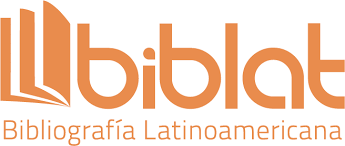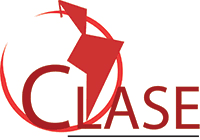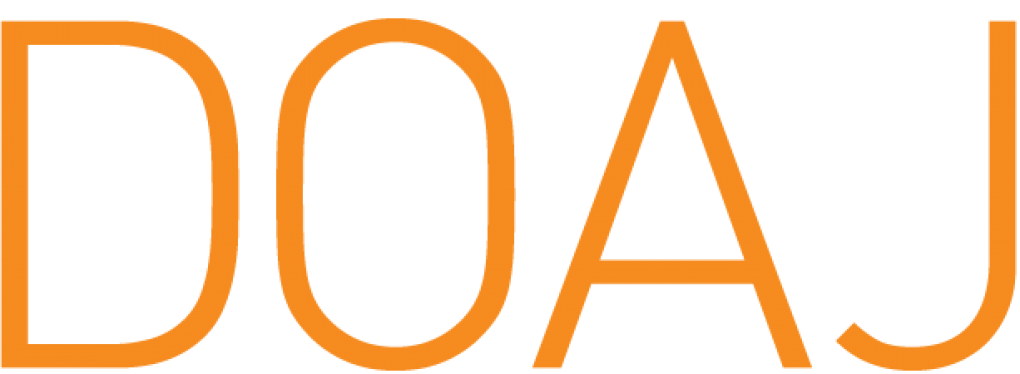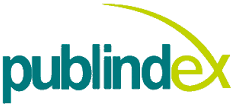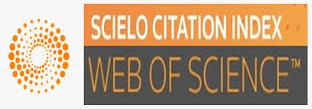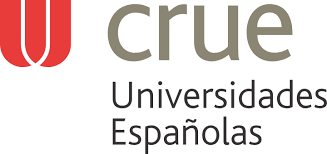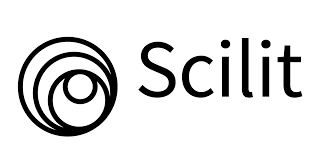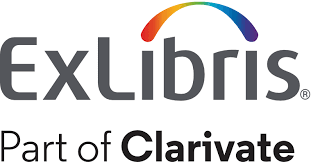Mathematical model to minimize the number of standard sheets and metal residues during the cutting process
DOI:
https://doi.org/10.22335/rlct.v10i1.440Keywords:
Linear Programming, Optimization Models, MetalworkingAbstract
Small and medium-sized companies in the metalworking sector generally do not have efficient procedures for sheet cutting scheduling and usually perform this procedure based on workers' empirical knowledge. Linear programming has as its main function to offer solutions to situations in which there are scarce resources and presence of constraints (materials, demand, time, storage, money, etc.), but it is necessary to optimize a specific objective. This document presents the application of this tool, to minimize both the number of sheets to be used for the manufacture of a certain product of greater demand and the amount of waste generated during the cutting process in a company in the metalworking sector.
Downloads
References
Alzate, D., & Guerrero, C. (2013). Propuesta para la reducción de los impactos ambientales negativos generados por una empresa del sector metalmecánico. Pontificia Universidad Javeriana, Cali, Colombia.
Cueli, M., González-Castro, P., Krawec, J., Núñez, J. C., & González-Pienda, J. A. (2016). Hipatia: A hypermedia learning environment in mathematics. [Hipatia: Un entorno de aprendizaje hipermedia en matemáticas] Anales De Psicologia, 32(1), 98-105. doi:10.6018/analesps.32.1.185641
Donini, R., & Micheletto, N. (2015). Effects of lower and higher numeric values on elementary mathematical activities performance. [Efeitos de Valores Numéricos Menores e Maiores sobre o Desempenho em Atividades Matemáticas Elementares] Temas Em Psicologia, 23(1), 175-196. doi:10.9788/TP2015.1-12
García-García, M., Biencinto-López, C., Carpintero-Molina, E., Núñez-Del-Río, M. C., & Arteaga-Martínez, B. (2013). Mathematics performance and attitude towards mathematics in inclusive schools: A study in the region of madrid. Revista De Investigacion Educativa, 31(1), 117-132. doi:10.6018/rie.31.1.143221
García-Medina, A. M., Rizo, F. M., & Arroyo, G. C. (2016). Analysis of differential item functioning of math excale third secondary. [Análisis del funcionamiento diferencial de los ítems del excale de matemáticas para tercero de secundaria] Revista Mexicana De Investigacion Educativa, 21(71), 1191-1220.
Hanna M, F., Render B., Stair R. (2012). Métodos cuantitativos para los negocios. México: Editorial Pearson.
Hernández, M. M. V., & Rojas, E. M. (2016). Determinants of academic performance in mathematics in the context of a technological university: Application of structural equations model. [Factores que determinan el rendimiento académico en matemáticas en el contexto de una universidad tecnológica: Aplicación de un modelo de ecuaciones estructurales] Universitas Psychologica, 15(4), 1-11. doi:10.11144/Javeriana.upsy15-4.fdra
Hillier, F., Hillier M. (2008). Métodos cuantitativos para administración. México: Editorial McGraw-Hill Interamericana.
Microsoft Office. Cargar el complemento Solver. Recuperado el 15 de mayo de 2017 de https://support.office.com/es-es/article/Cargar-el-complemento-Solver-612926fc-d53b-46b4-872c-e24772f078ca
Niño, J. (2012). Análisis de sistemas e investigación de operaciones. Cali: Sello editorial Javeriano.
Downloads
Published
Issue
Section
License
Copyright (c) 2018 Revista Logos Ciencia & Tecnología

This work is licensed under a Creative Commons Attribution 4.0 International License.
This journal provides free and immediate access to its content (https://creativecommons.org/licenses/by/4.0/legalcode#languages), under the principle that making research available to the public free of charge supports greater global knowledge exchange. This means that the authors transfer the Copyrights to the journal, so that the material can be copied and distributed by any means, as long as the authors’ recognition is maintained, and the articles are not commercially used or modified in any way.

